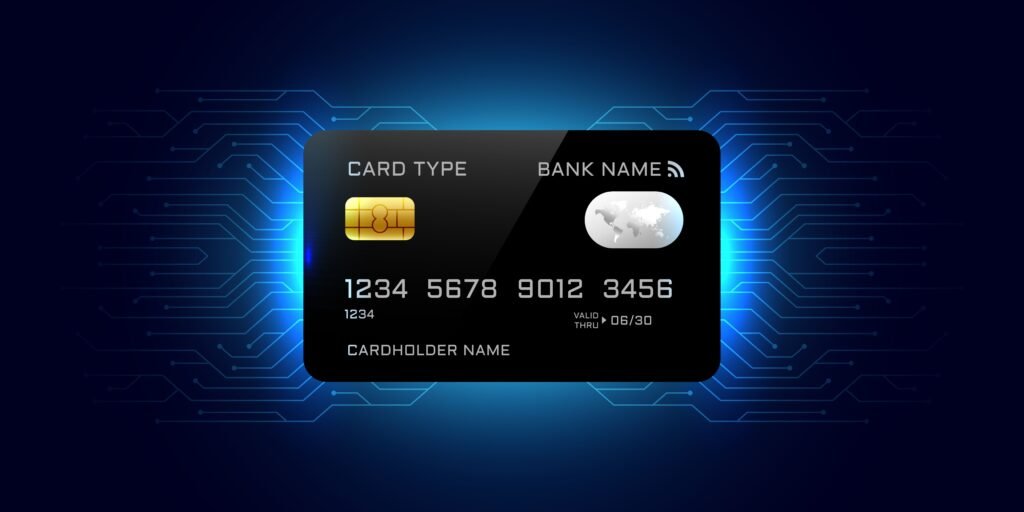Compare Cash, Cheque, and Credit Card using ICES Test
The ICES test addresses four important properties of money transfer:
- Interoperability. It’s the capacity to shift reverse and forward among diverse systems.
This can be summed up within the following table:
| ACID | ATOMICITY | CONSISTENCY | ISOLATION | DURABILITY |
| Cash | Yes | Yes | Yes | Yes |
| Cheque | Yes | Yes | No | Yes |
| Credit Card | No | Yes | No | Yes |
- Conservation. How well money carries its worth during time (temporal consistency) and the way easy money is to accumulate and handle (temporal durability).
- Economy. Dealing out a transaction must be cheap and reasonable. This property contains a direct relationship to the scale of the transaction. For example, A Rs10,000 purchase costing only Rs 90 to process is kind of economical. If the charge is that the same for a Rs 5 item, it’s going to be considered expensive. In banking, for example, wiring money from one bank to a different usually costs a set amount of cash, no matter the number of cash transferred.
- Scalability. This test refers to the capability of the structure to carry several users at a similar moment.
This can be summed up within the following table:
| ICES | Interoperability | Conservation | Economy | Scalability |
| Cash | Yes | No | Yes | Yes |
| Cheque | No | Yes | No | Yes |
| Credit Card | No | N/A | No | Yes |
Cash has all the ICES properties apart from conservation. A cheque transaction isn’t isolated, because anyone can write a cheque and proceed to withdraw the money from the bank. Well before the cheque is cleared, the cheque writer also can put a stop to the payment of the cheque. Cheques are money-transfer atomic, although there’s usually a one to three-day delay in clearing the cheque for final payment. The credit card has just one property of the ICES test that is scalability.






